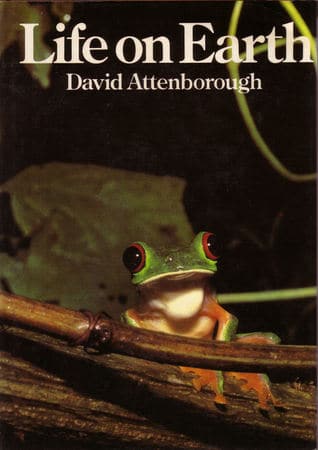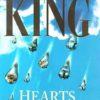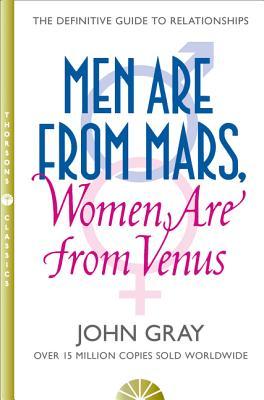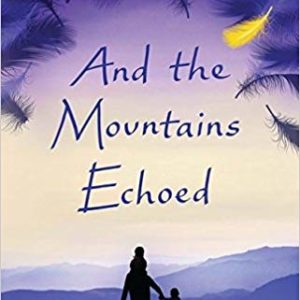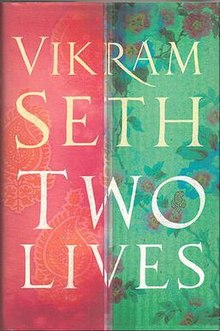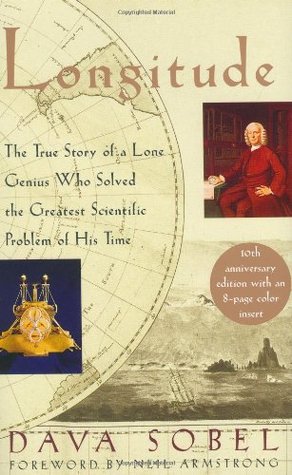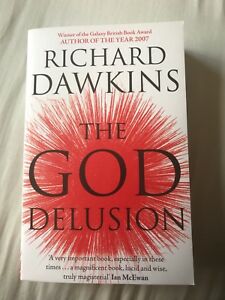Life on Earth (English, Hardcover, David Attenborough)
Rs.1,599.00 Rs.599.00
Author: David Attenborough, ISBN: 0002190915, Condition: Perfectly Good
Out of stock
In this unique book, David Attenborough has undertaken nothing less than a history of nature, from the emergence of tiny one-celled organisms in the primeval slime more than 3,000 million years ago to apelike but upright man, equally well adapted to life in the rain forest of New Guinea and the glass canyons of a modern metropolis. Told through an examination of animal and plant life today – with occasional juxtapositions of extinct fossil forms to reveal the origin of living creatures – “Life on Earth” is an astonishing pageant of life, with a cast of characters drawn from the whole range of living animals the world over. Attenborough’s perceptive, dynamic approach to the evolution of some four million species of living organisms that populate the planet is to trace the most significant thread in the history of each major group. He then proceeds to explain from the evidence of living representatives and fossil remains why certain animals adapted and survived, evolved to more complex and “higher” forms of life, while others, by some inherent limitation imposed by their physiology or structure, failed and became extinct. “Life on Earth” is a book of wonders. A model of clarity and ease as a guide, Attenborough takes the reader around the world with him into jungles where orchids have petals that “impersonate” wasps to attract pollinating insects; to Australia, where honeypot ants force feed nectar to workers of a special caste, then hang them up by their forelegs like living storage jars; to remote mountains in Japan where little monkeys called macaques have learned to combat the winter snows by bathing in hot volcanic springs.
L21
Reviews
There are no reviews yet.
Only logged in customers who have purchased this product may leave a review.
Related products
Most Liked Books by the BookWorms
Men are from Mars, Women are from Venus (English, Paperback, John Gray)
Most Liked Books by the BookWorms
The Devil Wears Prada (English, Paperback, Lauren Weisberger)
Autobiography
299 and Above
Almost New Books
Most Liked Books by the BookWorms
Almost New Books

